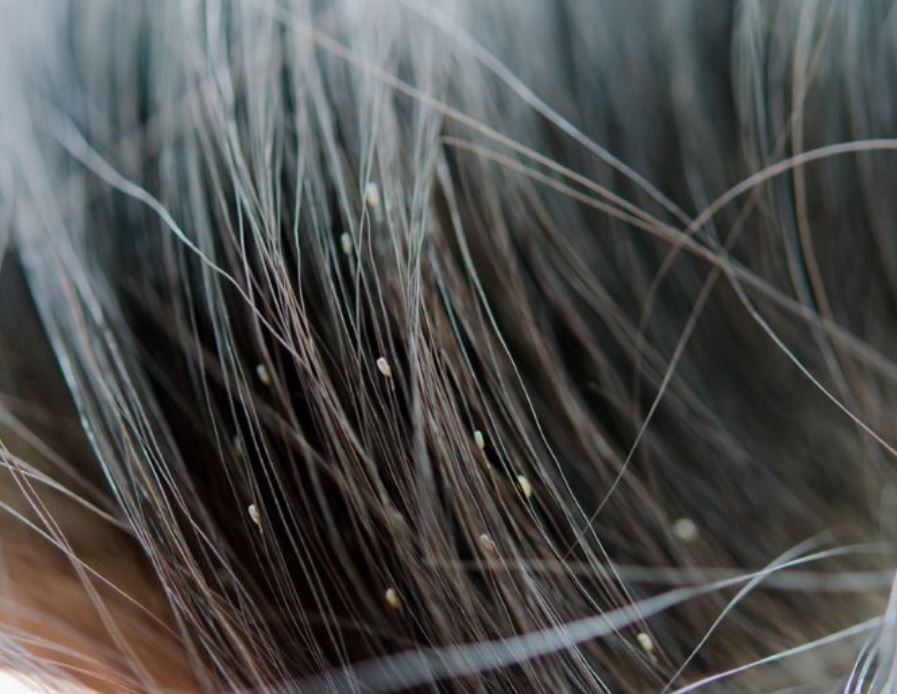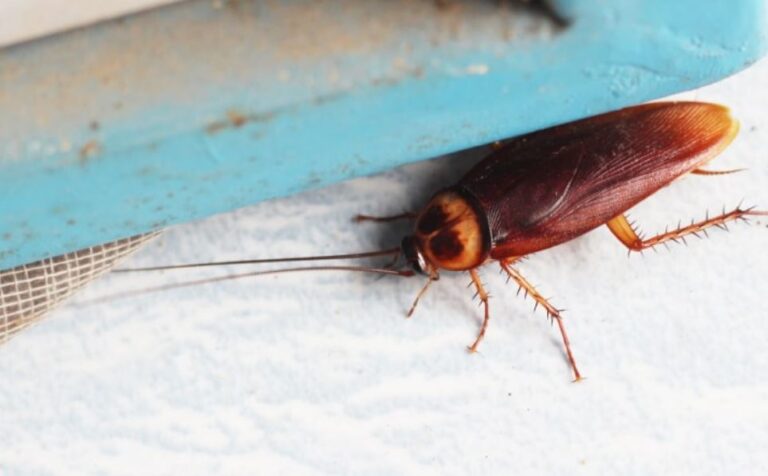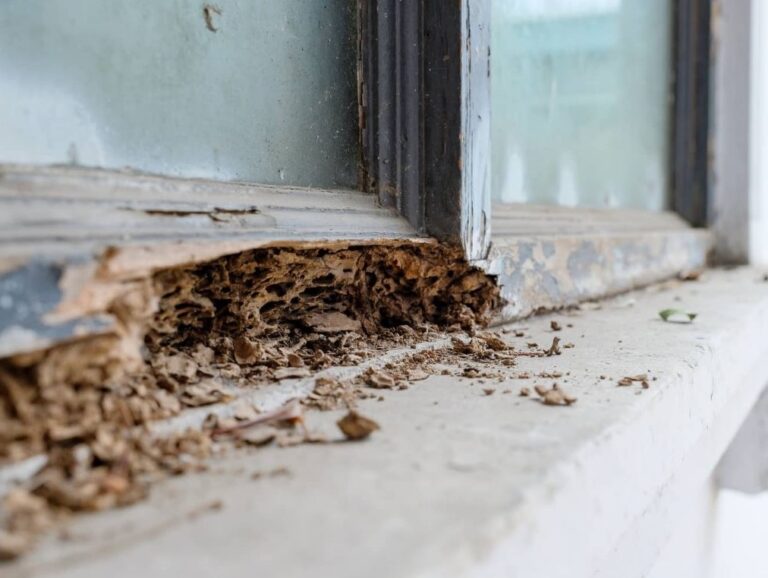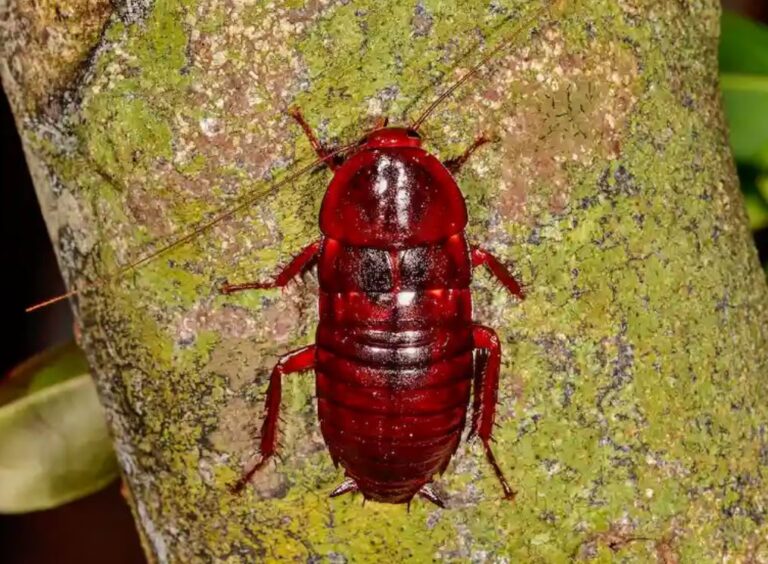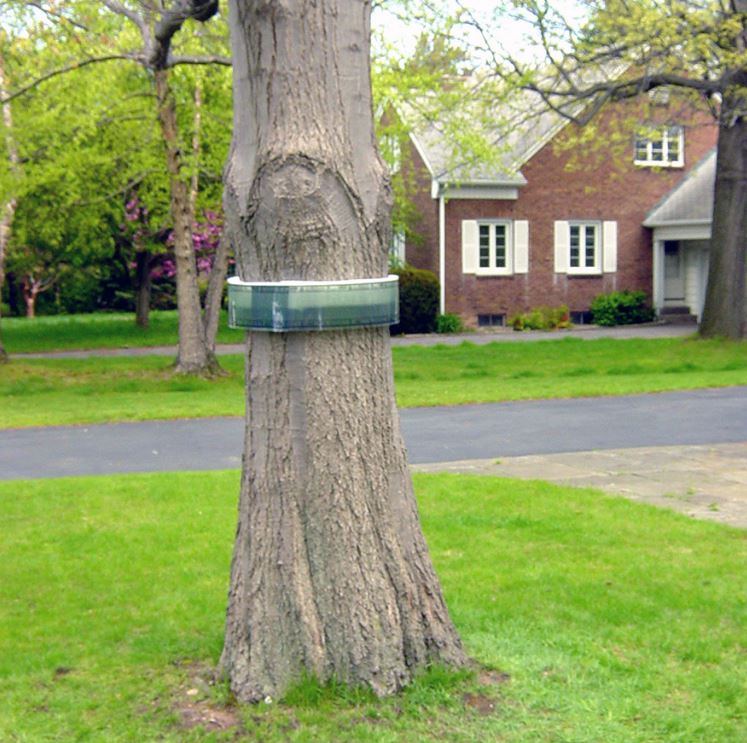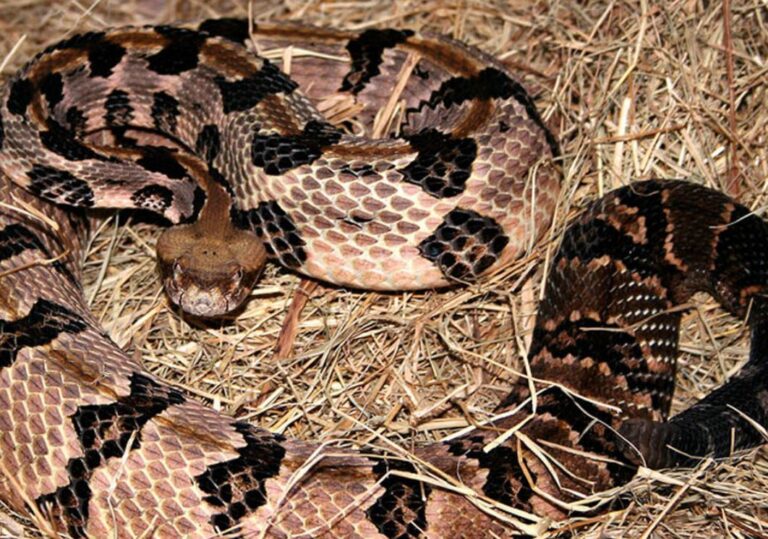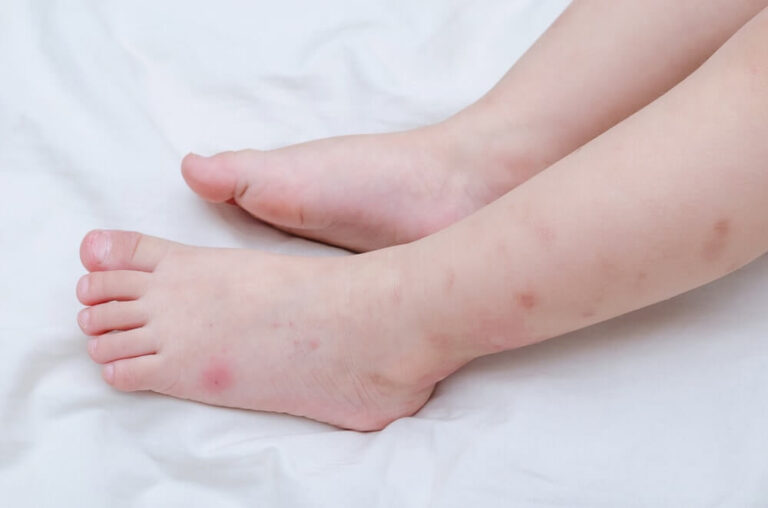Can Bed Bugs Live in Your Hair? A Pest Expert’s Guide
The fear of a bed bug infestation is enough to make anyone’s skin crawl. And when you wake up with unexplained itchy red welts, it’s natural to worry about every possible hiding place—including your hair. So, let’s cut to the chase: Is your scalp a potential home for these pests?
The Straight Answer: Can Bed Bugs Live in Your Hair?
The short and reassuring answer is no, bed bugs do not typically live in human hair. While the thought is unsettling, these pests are not adapted for life on your scalp like lice or ticks. Their biology and behavior make it an unsuitable and temporary hiding place at best.
As one pest control expert notes, “In my 15 years of dealing with infestations, I’ve never once found a bed bug colony established in someone’s hair. They might wander through it while you’re sleeping, but they have no interest in setting up camp there. It’s the equivalent of a human walking through a forest but not wanting to live in it.”
Why Your Scalp is a Bad Hotel for Bed Bugs
Understanding the “why” behind this can bring significant peace of mind. Bed bugs (Cimex lectularius) have very specific needs and behaviors that are incompatible with a hairy environment.
Biology and Physical Structure
- Body Shape: Bed bugs are flat, oval, and broad. Navigating through dense hair is difficult and energy-consuming for them. They prefer flat, smooth surfaces like mattress seams or wood cracks.
- Legs for Crawling, Not Clinging: Unlike lice, which have specially adapted claws to grip hair shafts, bed bugs have simple claws designed for crawling across fabrics and hard surfaces. They cannot cling to hair effectively.
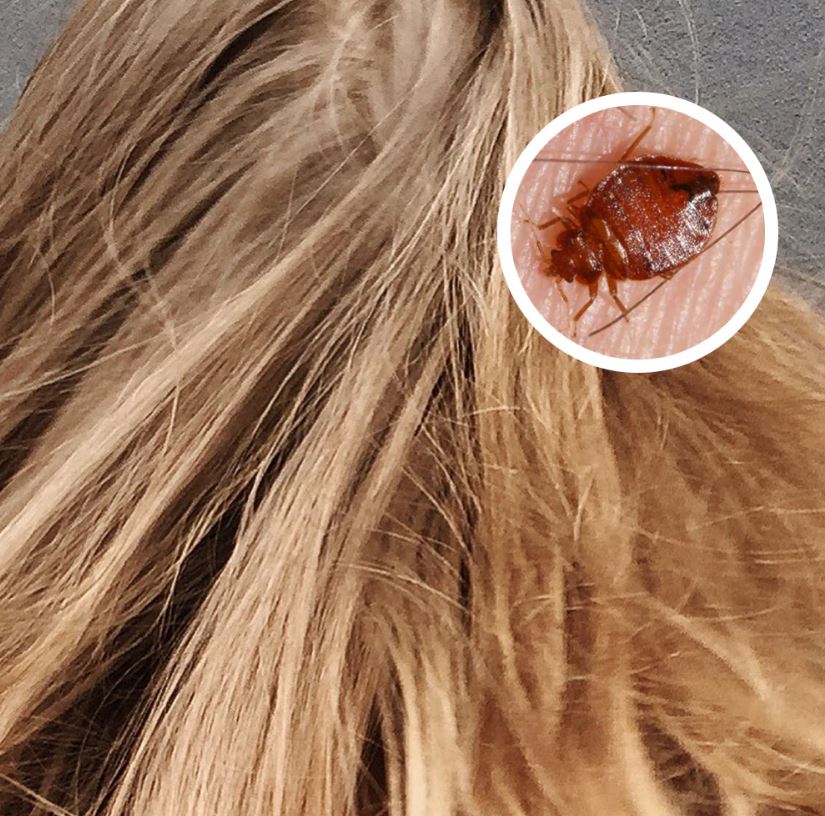
Feeding and Hiding Behavior
- Feeding Strategy: Bed bugs are nocturnal feeders that prefer to feed for 3-10 minutes and then quickly retreat to a safe, hidden harboragesite. Your hair is too exposed and doesn’t offer the secure, dark environment they need to digest their meal.
- Carbon Dioxide Attraction: They are primarily attracted to the carbon dioxide we exhale and our body heat. They will typically bite exposed skin on the face, neck, arms, and hands—areas that are often outside the hairline while we sleep.
Bed Bugs vs. Lice: A Quick Comparison Table
Much of the confusion stems from mistaking bed bugs for head lice. Here’s a clear breakdown of the differences:
| Feature | Bed Bugs | Head Lice |
|---|---|---|
| Primary Habitat | Mattresses, box springs, bed frames, furniture cracks, baseboards. | The human scalp and hair shafts. |
| Movement on Host | Crawl on to feed, then leave. Do not live on the body. | Live their entire life cycle on the human head. |
| Eggs (Nits) | Laid in dark, secure harborages near the bed (e.g., mattress seams). | Cemented firmly to the base of individual hair shafts. |
| Physical Adaptation | Flat, broad body for hiding in cracks. | Narrow body with claws designed to grip hair. |
| Primary Bite Area | Exposed skin (arms, neck, legs, back). | Scalp, behind the ears, nape of the neck. |
If Not in Hair, Where Do Bed Bugs Hide?
Knowing their real hiding spots is key to effective identification and control. Bed bugs are secretive and prefer locations close to their human hosts.
Primary Harboragesites:
- The Bed: This is ground zero. Check the seams, tags, and piping of your mattress and box spring. Look inside the bed frame and headboard.
- Furniture: Inspect seams and crevices in couches, armchairs, and other upholstered furniture.
- Carpets and Rugs: Look along the edges and under furniture, especially near the bed.
- Wall Decor & Electronics: They can hide behind loose wallpaper, picture frames, and even inside outlets and electronics near the bed.
What to Do If You Suspect a Bed Bug on Your Scalp
While they won’t live there, a bed bug could certainly get tangled in your hair while you sleep. Here’s what to do.
Immediate Action Steps
- Stay Calm. Remember, it’s just a visitor, not a resident.
- Wash Your Hair. Use your regular shampoo and conditioner. A thorough washing will dislodge and wash away any bed bug or eggs it may have accidentally laid (which is highly unlikely).
- Use a Fine-Toothed Comb. A lice or nit comb can help you physically remove any bugs or debris from your hair.
- Inspect Your Bedding. This is the most critical step. Strip your bed and carefully examine all seams and folds for signs of bed bugs: live bugs, shed skins, or small black fecal spots.
Effective Treatment: Focus on the Environment, Not Your Hair
Pouring lice treatment or other harsh chemicals on your head to combat bed bugs is ineffective and potentially dangerous. The problem is in your environment, not on your body.
Professional Pest Control is Key
For a confirmed infestation, DIY methods are often insufficient. A licensed pest control professional can:
- Correctly identify the pest.
- Perform a thorough inspection to locate all harborages.
- Implement a multi-faceted treatment plan, which may include heat treatment, steam, and targeted insecticides.
FAQ)
HCan bed bug bites be on your scalp?
Yes, it is possible, especially if you have long hair that covers your scalp while you sleep. However, bites on the scalp are less common than on more exposed areas of the body.
What bugs can live in human hair?
The primary pest that lives in human hair is the head louse. Other less common pests include scabies mites (which burrow into the skin, not the hair), and occasionally ticks can attach to the scalp, but they do not infest it like lice.
I’m still itching. What should I do?
The power of suggestion (psychosomatic itch) is very real. If you’ve washed your hair and inspected your bed, the sensation should fade. If you find actual bugs, save them in a sealed bag for a professional to identify. Persistent itching could be a sign of head lice or a skin condition, so consult a doctor or dermatologist.
Rest easy knowing that your hair is one of the few places safe from a bed bug infestation. These pests are a problem of your bedroom environment, not your personal hygiene. By focusing your efforts on inspecting and treating your living space—not your scalp—you can effectively tackle a bed bug problem and reclaim your peace of mind.

